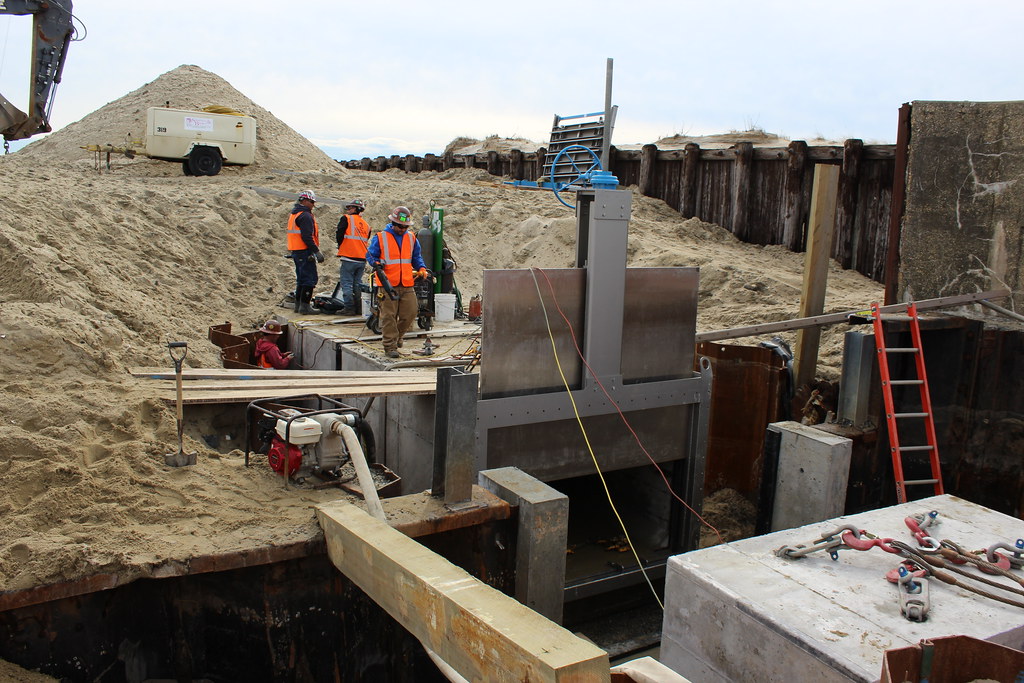In the wake of a disaster, the journey toward recovery and rebuilding is often fraught with uncertainty. The devastation left behind by natural calamities or man-made accidents can seem insurmountable. However, disaster restoration services stand at the forefront of turning adversity into resilience, providing a critical lifeline to affected individuals and communities.
This comprehensive exploration delves into the world of disaster restoration services, offering expert insights into their pivotal role in the aftermath of catastrophes.
The Critical Role of Disaster Restoration Services
Disaster restoration services specialize in the recovery and rehabilitation of properties following disasters. Whether dealing with the aftermath of floods, fires, storms, or other calamities, these services are essential in mitigating damage, ensuring safety, and expediting the return to normalcy.
Immediate Response and Mitigation
One of the hallmarks of disaster restoration services is their ability to respond rapidly. Time is of the essence when it comes to minimizing further damage and securing affected properties. Professional teams are equipped to assess the situation swiftly and take immediate action to stabilize the environment, prevent secondary damage, and start the recovery process.
Comprehensive Damage Assessment
A thorough damage assessment lays the groundwork for the entire restoration process. Experts analyze the extent of the damage, identifying areas that require urgent attention and formulating a strategic restoration plan. This meticulous approach ensures that every aspect of the damage is addressed, paving the way for effective recovery.
Specialized Restoration Services
The spectrum of flooded basement problems restoration services is broad, encompassing various specialties tailored to the nature of the disaster.
Water and Flood Damage Restoration
Floods and water-related disasters require urgent water extraction, drying, and dehumidification to prevent mold growth and structural damage. Restoration professionals employ advanced techniques and equipment to remove water efficiently and restore the property to its pre-disaster condition.
Fire and Smoke Damage Restoration
The aftermath of a fire presents unique challenges, including structural damage, soot, and smoke odor. Specialists in fire damage restoration focus on cleaning, sanitizing, and rebuilding affected areas, utilizing specialized equipment and techniques to remove soot and smoke residues and eliminate odors.
Mold Remediation
Mold poses significant health risks and can quickly spread if not addressed promptly. Disaster restoration services include mold remediation, which involves identifying the source of moisture, containing the mold growth, and removing contaminated materials safely and effectively.
Beyond Physical Restoration
The impact of disasters extends beyond physical damage, affecting the emotional and psychological well-being of those impacted. Disaster restoration services play a crucial role in addressing these broader impacts, offering support and guidance throughout the recovery process.
Dealing with insurance claims can be overwhelming for disaster victims. Many disaster restoration companies offer assistance with the claims process, providing detailed documentation of damages and advocating on behalf of their clients to ensure fair and timely settlements.
Psychological Support and Community Engagement
The trauma and stress associated with disasters cannot be underestimated. Professional restoration services often extend psychological support, offering empathy and understanding to affected individuals. Furthermore, their engagement with the community fosters a sense of solidarity and collective resilience, crucial for long-term recovery.
The Path to Resilience
Disaster restoration services are not merely about repairing buildings; they’re about restoring lives and livelihoods. The path to resilience is multifaceted, involving not just the rebuilding of structures but also the reinforcement of community ties and the enhancement of disaster preparedness.
Building Back Better
An integral part of disaster recovery is the opportunity to build back better. Restoration experts often incorporate improvements and resilience measures into their rebuilding efforts, ensuring that properties are not only restored but also fortified against future disasters.
Education and Preparedness
Knowledge is a powerful tool in disaster resilience. Many restoration companies engage in educational efforts, providing communities with information on preparedness, risk reduction, and response strategies. This proactive approach helps mitigate the impact of future disasters, empowering individuals and communities to respond more effectively.
Conclusion
Disaster restoration services embody the principle of resilience, offering hope and practical solutions in the face of adversity. Through their rapid response, specialized expertise, and compassionate approach, these services play an indispensable role in helping affected individuals and communities navigate the aftermath of disasters. The journey from devastation to recovery is complex, but with the support of disaster restoration professionals, resilience is not just a possibility—it’s a reality. As we face an increasingly unpredictable world, the value of these services in restoring normalcy and building a resilient future cannot be overstated.

